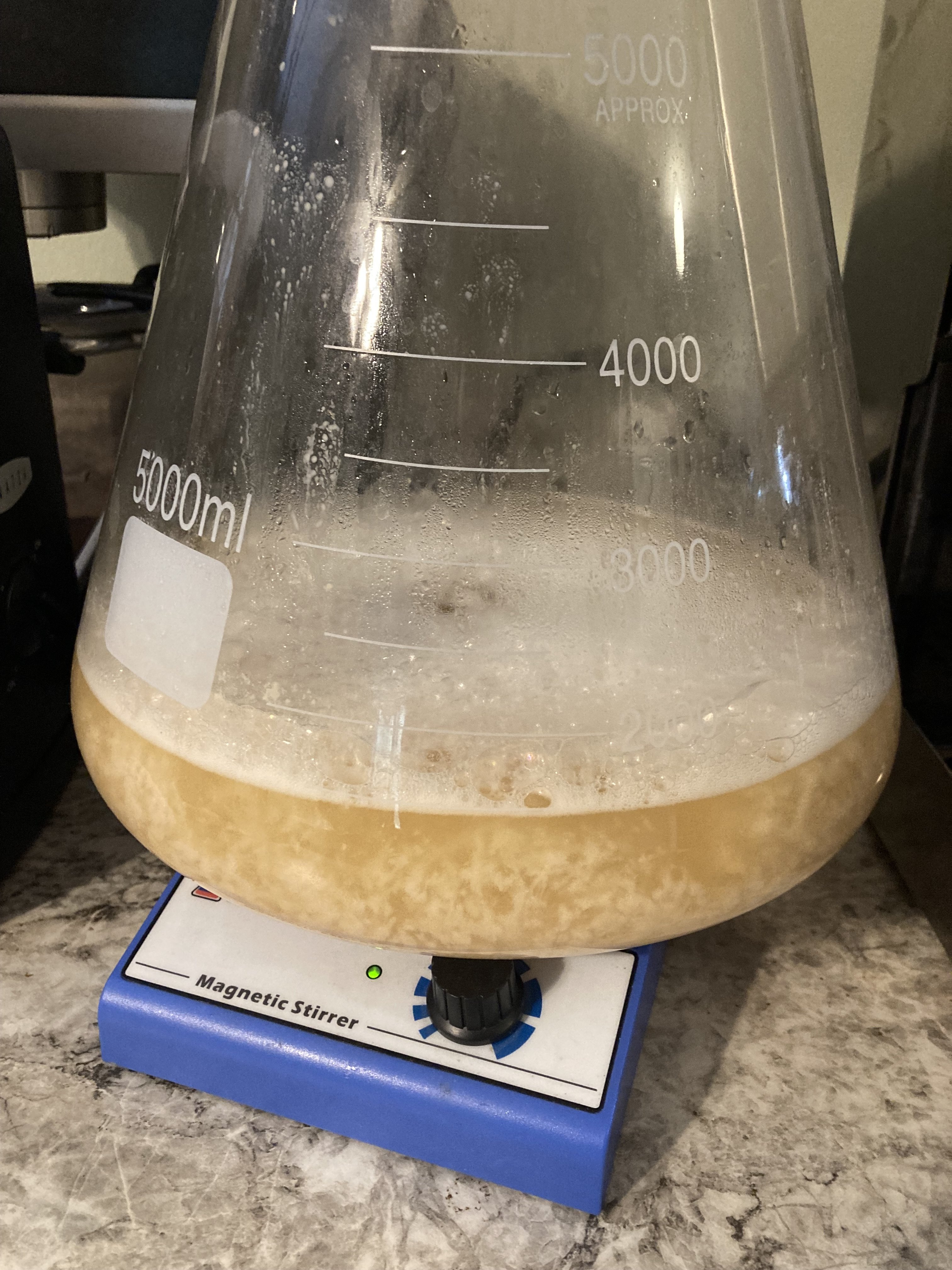- Joined
- Feb 13, 2014
- Messages
- 173
- Reaction score
- 180

I’ve got a good healthy WLP-002 starter going, this stuff is certainly pretty active, nice and chunky too.
Anyhow, I’m making a strong bitter Saturday morning.
What temp schedule do you all like?
White Labs says 65F-68F. I’m thinking I’ll pitch at 66-67 and hold it there for 3 days or until the yeast settles down and crank it up to 70 to let it ride out the rest of the way. This yeast seems to call for a daily swirl of the fermentor to keep the yeast roused from what I’ve read here.
Sound about right?
I’m shooting for nice and fruity, and try to keep it from stalling out. I’m going to keg it when it’s done.




































![Craft A Brew - Safale S-04 Dry Yeast - Fermentis - English Ale Dry Yeast - For English and American Ales and Hard Apple Ciders - Ingredients for Home Brewing - Beer Making Supplies - [1 Pack]](https://m.media-amazon.com/images/I/41fVGNh6JfL._SL500_.jpg)



















